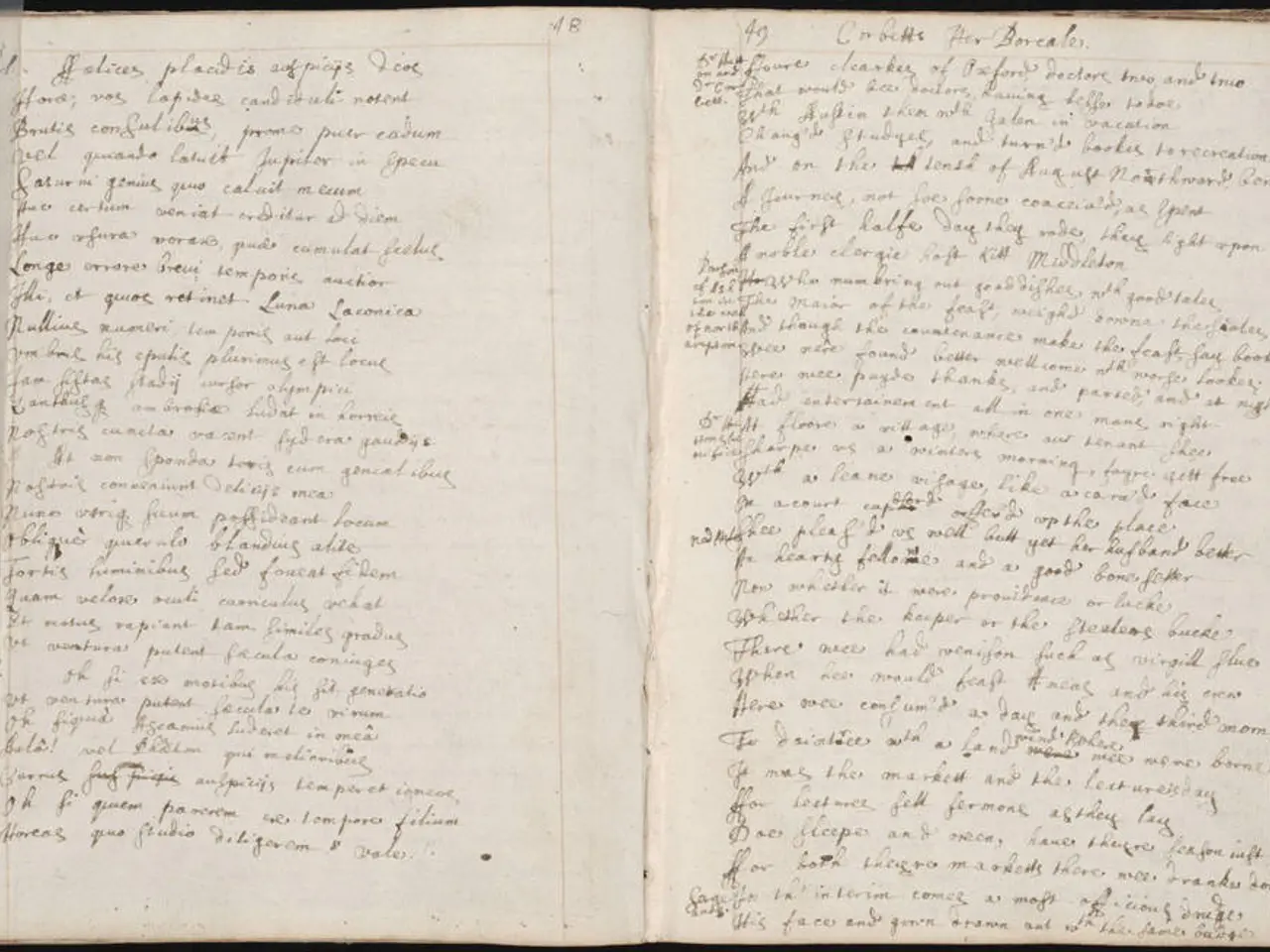Guide for Constructing a Multilayered Printed Circuit Board Configuration
In the rapidly evolving world of electronics, the complexity of devices has increased significantly, necessitating the use of multiple layers in Printed Circuit Boards (PCBs). This article explores the key steps and considerations involved in designing a PCB stack-up for optimal signal integrity and reduced electromagnetic interference (EMI).
## Layer Arrangement
A well-structured stack-up begins with strategically arranging layers of signal, ground, and power. Ensuring that every signal layer is adjacent to a ground or power plane helps maintain a continuous return path, crucial for reducing EMI and improving signal integrity. The typical arrangement starts with a signal layer, followed by a ground layer, then another signal layer, and so on [2][3].
## Material Selection and Dielectric Thickness
The dielectric thickness between signal layers plays a significant role in reducing crosstalk while maintaining tight signal-to-ground spacing for impedance control. Low-loss materials, especially for high-frequency applications, should be chosen for better performance [1]. Simulation tools can help assess how different materials impact signal loss [3].
## Vias and Routing Strategies
Blind and buried vias are essential in minimising signal stubs and reducing inductance. Ground vias should be placed near signal vias to ensure a return path. Transitions for critical high-speed signals should be minimised to avoid delays and signal reflections [1][3].
## Thermal Management
Thermal vias are useful in connecting hot components to power or ground planes, enhancing heat dissipation [1].
## Simulation and Testing
Simulation software can model signal integrity and impedance before manufacturing, predicting potential issues like ringing or overshoot [1]. After production, physical testing with tools like oscilloscopes verifies signal quality and ensures clean signal edges [1].
## Manufacturability and Cost Considerations
Balancing electrical performance with manufacturing constraints and cost targets is essential in the final stack-up design [5].
The manufacturing process of multilayer circuit boards begins with the inner layer core selection, followed by automated optical inspection to find flaws in the inner layers undetectable by the human eye. The layers are then copper-plated using an electroless method, drilled, cleaned, and laminated under extreme temperature and pressure to bond prepreg and copper foil [4]. The laminated board is then drilled to make vias and through holes, and the process is repeated for each additional layer [7].
By following these guidelines, designers can create a PCB stack-up that optimises signal integrity while minimising crosstalk and EMI.
References: [1] "Signal Integrity and Power Integrity Analysis for High-Speed Digital Design" by John L. Mitchell [2] "High-Speed Digital Design: A Handbook of Black Magic" by John D. Cunningham [3] "High-Speed Digital Design: Fundamentals in Time and Frequency Domain" by Sergio Marchese [4] "Fundamentals of Printed Circuit Board Design" by Robert A. Grant [5] "Printed Circuit Board Design for High-Speed Signals" by John D. Cunningham and John L. Mitchell [5] "High-Density Interconnect (HDI) Technology" by Robert A. Grant
Controlled impedance technology is essential for maintaining tight signal-to-ground spacing and reducing crosstalk, which is achieved by carefully selecting the dielectric thickness between signal layers.
The appropriate arrangement of layers in a Printed Circuit Board (PCB) stack-up, including signal, ground, and power layers, is fundamental for reducing electromagnetic interference (EMI) and improving signal integrity, using technology like controlled impedance.




